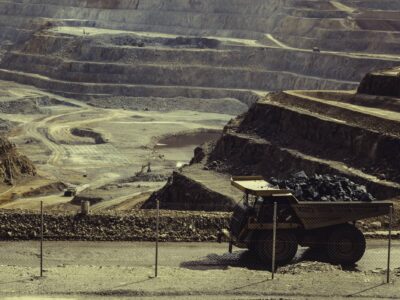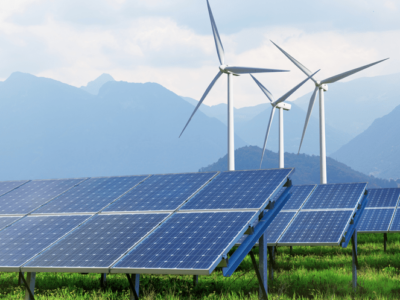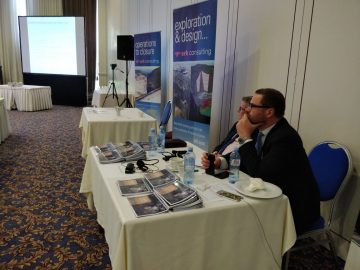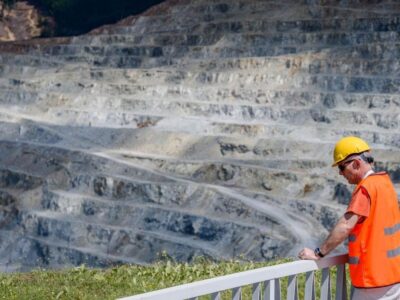The current installed electrical capacity in the region is about 18,000 MW, almost evenly divided between hydropower and thermal power plants (TPPs), the latter being mostly coal-fired. The International Energy Agency (IEA) indicates that Western Balkans countries use lignite coal as a source for roughly 60% of their electricity generation. This is not surprising given the substantial reserves of coal in the region, but it is a major problem because most of it is lignite, which is the most polluting kind of coal. Only Albania has no reliance on coal, with the generation coming exclusively from hydro. As all Western Balkans countries, except Albania, are currently constructing or planning to construct coal-based TPPs, the key question is what this would mean for the future carbon emissions. All Western Balkans countries (except Kosovo) have signed the Paris Agreement, thus committing to lowering carbon emissions. But even if the upgraded or new plants meet EU Best Available Technology (BAT) standards, the cost of emitting each tonne of carbon is expected to rise as the EU tightens its emissions-trading scheme, making the continued use of high emitting power sources uneconomical. This could lead to the disuse of these assets, effectively stranding these big investments, because it will be cheaper to use alternative energy sources.
According to The Energy Community report, Western Balkans countries have significant opportunities for decreasing carbon emissions and integrating renewable energy sources in their energy mix.
One possibility is to develop further the region’s hydropower potential. But the potential for hydro to “solve” the region’s energy problems should not be overestimated. Albania’s case illustrates this, as it suffers from seasonal fluctuations in water flows. During shortfalls, it has to turn to importing power generated by coal power plants from neighbouring countries.
Other renewable energy sources, such as wind, solar, and sustainable biomass offer alternative untapped energy generation opportunities due to windy locations, sunny days, and, in some countries, a large agriculture (and forestry) sector. There is also increasing interest from foreign investors and financiers in renewable energy development in the region.
The transition to a lower-carbon energy sector in the Western Balkans is also accelerating through the use of natural gas. The construction of the Trans-Adriatic Pipeline (TAP), which travels through the region and brings around 10 bcm of gas from Azerbaijan via the Trans-Anatolian Natural Gas (TANAP) pipeline, to Greece and Albania and across the Adriatic Sea to Italy, as well as a number of cross-country gas interconnectors that are currently being explored, may open options for a coal-to-gas switch. Commission of the TAP is a prerequisite for the construction of the 5 bcm Ionian Adriatic Pipeline (IAP) from Albania, through Montenegro and Bosnia and Herzegovina, to Croatia, which would bring gas to the Adriatic part of the Western Balkans. To this aim, the TAP pipeline could be upgraded to almost double its capacity with compressor stations and increase energy generation using natural gas.


























